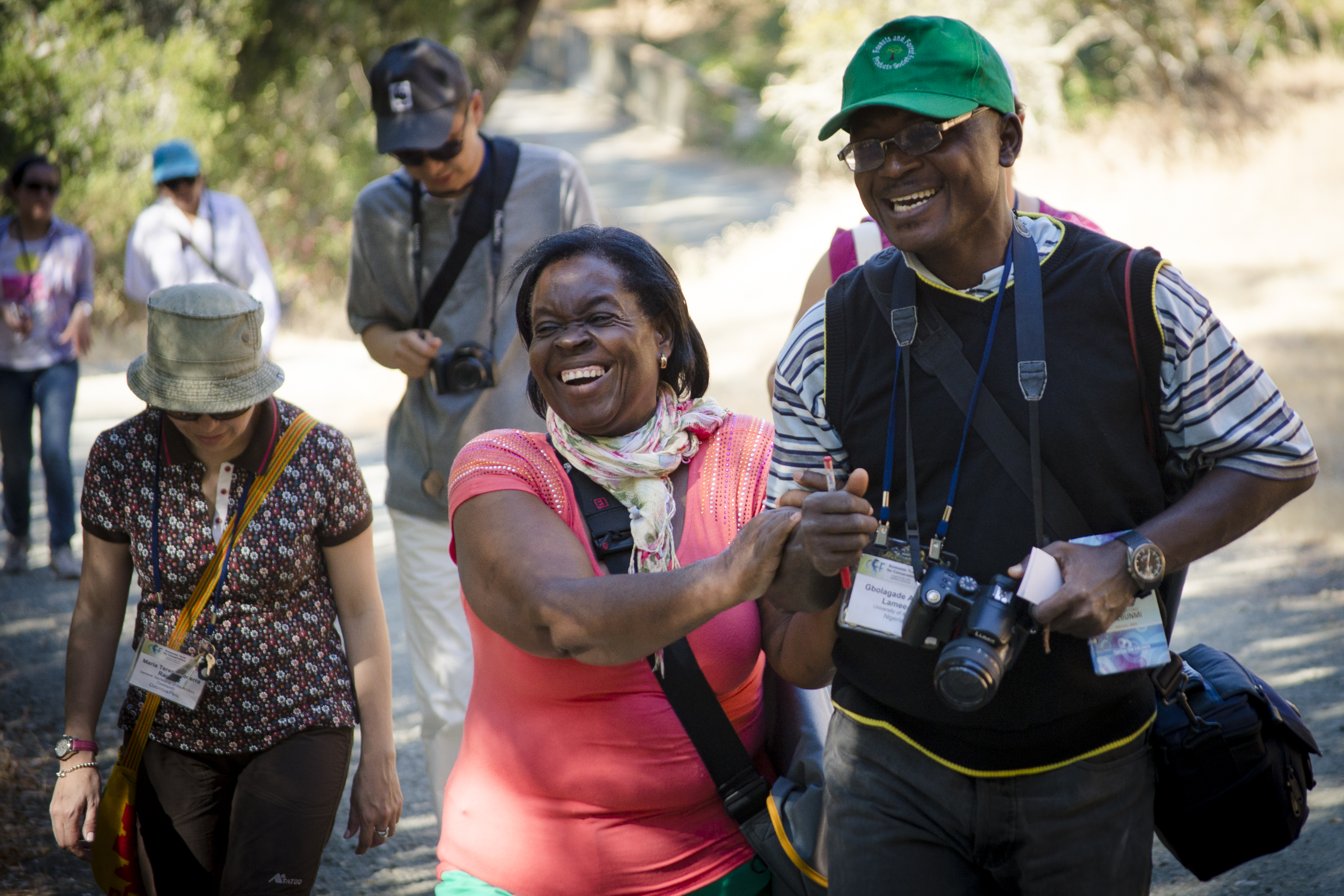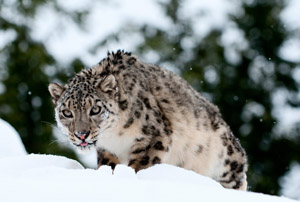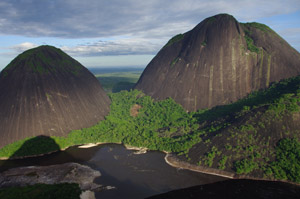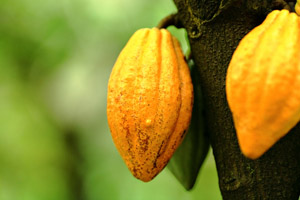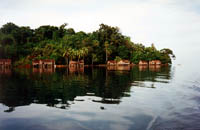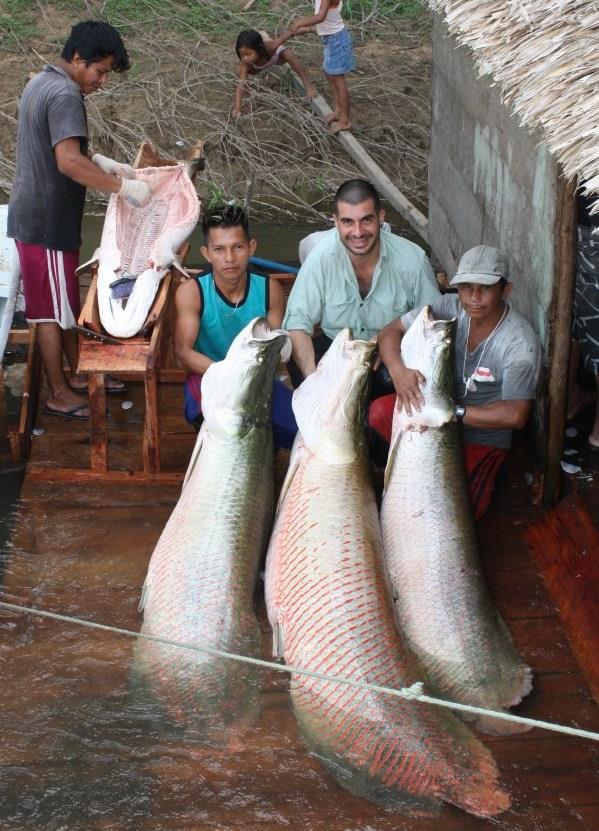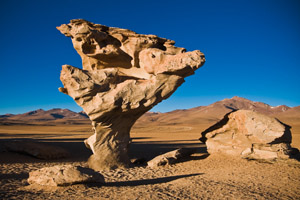News
Amazonas native. © Fernanda Preto
Photo credit: Fernanda Preto
There’s no Wikipedia page so you can be forgiven for suspecting that I’m making it up. But Conservation Economics is actually being practiced by a bunch of serious people engaged in one of the most profound challenges of our time - averting massive losses in the diversity of Earth's life forms. So if it doesn’t exist, it’s time we brought it into being. Here goes:
CSF was recently awarded $100,000 to expand our trainings, analyses, collaborative field work in Africa, thanks to the generosity of the Handsel Foundation.
There’s one park in the Kingdom of Bhutan where the ranges of the Royal Bengal Tiger, the snow leopard and Himalayan black bear overlap and where communities have lived in harmony with nature for hundreds of years. A trekker’s paradise, Jigme Dorji National Park is also known for it’s astounding biodiversity, breathtaking alpine meadows and majestic snow-capped mountains. But, until recently, it was missing one thing: proper campsites.
Game theory emerged in the 1940’s as a math-driven, esoteric science of how people alternately cooperate and compete to get what they want. It’s been used in business, diplomacy and military strategies and won famed Princeton economist John Nash the Nobel Prize in 1994. Now, far from the halls of academia and the corridors of power, it’s also being used to conserve nature.
We found this long bridge that connected a rainforest community and consumers in the city,” says Alfonso Malky. “It was made of chocolate.”
In 2011, CSF’s Malky discovered a complex, but promising web of connections between economics, the environment, and the human condition when he created a market study for the Bolivian chocolate company Selva Cacao (“Jungle Chocolate”).
In September 2009, Theresa Kas visited the small village of Sohoneliu in the Manus Province of her native Papua New Guinea. It was a dramatic change of scenery from Stanford, where, a month earlier, she had completed Conservation Strategy Fund’s international “Economic Tools for Conservation” course. Kas, who works with The Nature Conservancy, saw that deforestation was on the rise and traditional hunting was dwindling, and wondered if the local economy’s resource base was careening toward collapse. So she pulled out her CSF notes and put them to use.
In November, the Margaret A. Cargill Foundation's Environment Program awarded CSF $100,000 as part of our expanding marine initiative. This award will fund a decision-makers workshop and a mentored groundwork field analysis.
Conservation Strategy Fund has been working with traditional communities in Brazil to support low-impact activities in the Amazon region. These activities have subsequently grown into sustainable businesses, from both an environmental and economic perspective. The guidance CSF has given these locally-owned businesses has helped them to grow substantially and aims to eventually contribute to decreased deforestation in Brazil.
The Arbol de Piedra, or “Stone Tree,” is a lone 20-foot rock that has been sculpted by wind and sand to look like a resilient yet stunted tree. It’s a good metaphor for the tough life on the Andean high plains, and the icon of Bolivia’s Eduardo Abaroa National Wildlife Reserve.

